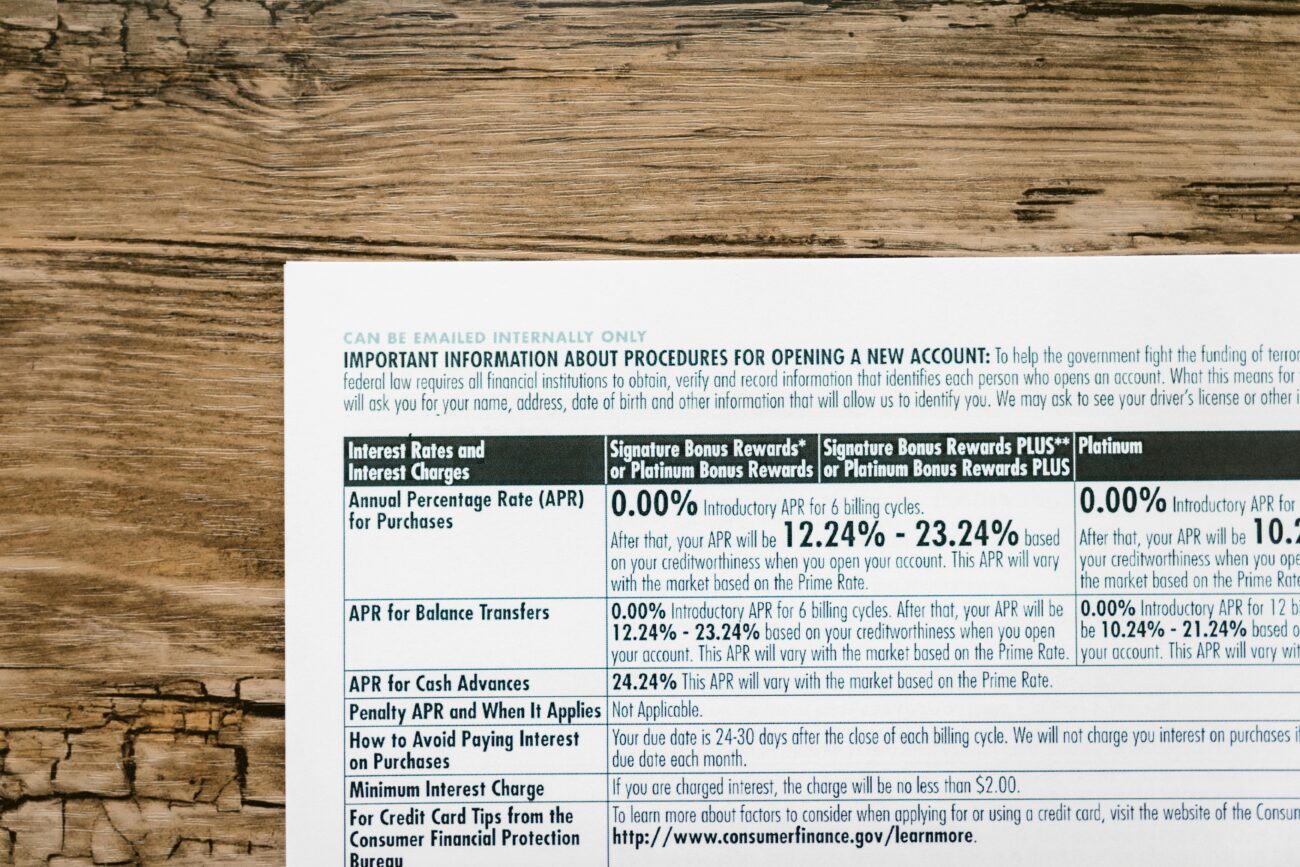If you’ve ever experienced a cracked or shattered windshield, you know how frustrating and concerning it can be. One of the first questions that comes to mind is: does my insurance cover the repair or replacement of my windshield? Let’s dive into the details to help you understand your coverage options and what steps to take next.
Understanding Windshield Coverage
Most auto insurance policies fall into two main categories regarding windshield coverage: comprehensive coverage and liability coverage. Here’s how they work:
Comprehensive Coverage
- What it Covers: Comprehensive insurance typically covers damage to your vehicle from non-collision events, including theft, vandalism, and natural disasters. Crucially, it also usually includes coverage for broken windshields.
- Deductible Consideration: Depending on your policy, you might need to pay a deductible before the insurance takes effect. Check if your provider offers zero deductible options for windshield repairs.
- Repair vs. Replacement: Insurance may cover the cost of repair if the crack is repairable. If not, they will likely cover the replacement costs, minus your deductible.
Liability Coverage
Liability coverage generally does not cover windshield damage. This type of insurance only protects you against damages you cause to others in an accident. If your windshield is damaged, liability won’t help you.
State Regulations and Insurance Policies
Different states have varying regulations when it comes to windshield coverage. For example:
- No-Deductible Laws: Some states require insurance providers to waive the deductible for windshield repairs, making it a no-cost repair for you.
- Full Glass Coverage: Certain policies might offer full glass coverage that covers any glass damage, including windshields, without a deductible—ideal for frequent drivers.
Steps to Take If Your Windshield is Damaged
- Assess the Damage: Determine whether the crack or chip can be repaired or if a replacement is necessary.
- Contact Your Insurance Provider: Reach out to your insurer to discuss your coverage. Provide them with details about the damage and see what they can offer.
- Get Estimates: If coverage is applicable, request repair or replacement estimates from authorized service providers.
- Schedule Repairs: Once you decide on a service, schedule your windshield repair or replacement promptly to avoid further complications.
FAQs About Windshield Coverage
Will my premium increase if I file a claim for a broken windshield?
Generally, filing a windshield repair claim may not affect your premiums, especially in states with no-deductible laws. Check with your insurer for specific policies.
What if I don’t have comprehensive coverage?
If you only have liability coverage, you’re responsible for the full cost of repairs or replacement out of pocket. Consider upgrading your policy to include comprehensive coverage in the future.
Final Thoughts
Understanding whether your insurance covers a broken windshield can save you time and money. Always review your policy details and don’t hesitate to reach out to your insurance agent for clarity. If you’re unsure, consider whether adding comprehensive coverage makes sense for your situation.
Stay safe on the road, and make sure to get that windshield fixed promptly!
